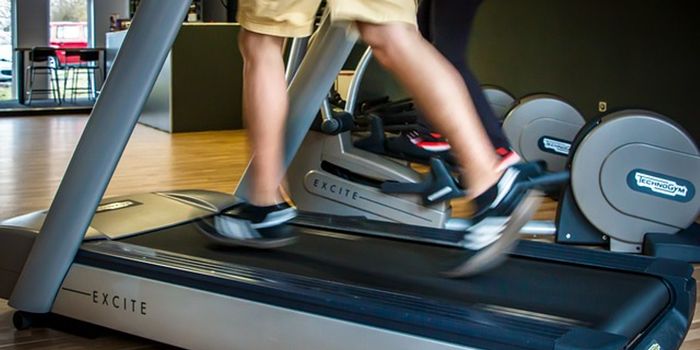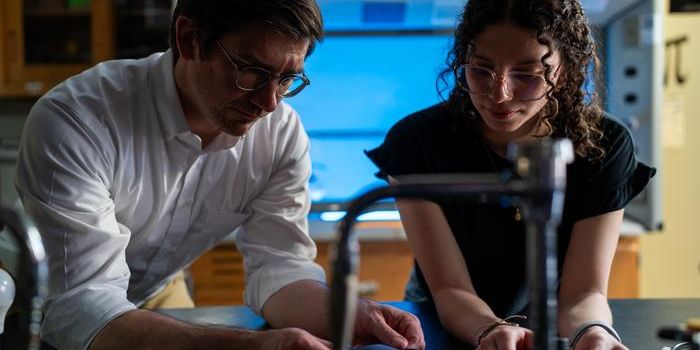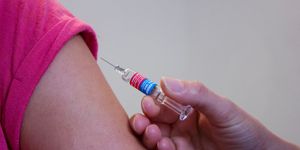Presenting the World's Smallest Ultrasound Detector
It’s smaller than a human cell, but the diminutive size of the newly-developed ultrasound detector is by no means reflective of its power. With miniaturized photonic circuits mounted on a silicon chip, this new detector is capable of super-resolution imaging, visualizing human tissues with unprecedented clarity.
Medical ultrasound is a diagnostic imaging technique that was developed in the 1950s, enabling physicians to noninvasively image internal anatomical structures such as muscles, blood vessels, and most commonly, to take images of the fetus during pregnancy. Ultrasounds use sound waves at frequencies beyond the range that are audible to humans. The resolution of images produced using this technique leans heavily on the size of the detector being used — the smaller the better.
Researchers at the Technical University of Munich (TUM) have leveraged computer chip technology to develop the new detector known as the silicon waveguide-etalon detector, or SWED. The work was published in the journal Nature.
“This is the first time that a detector smaller than the size of a blood cell is used to detect ultrasound using the silicon photonics technology”, said Rami Shnaiderman, one of the inventors of the technology. “If a piezoelectric detector was miniaturized to the scale of SWED, it would be 100 million times less sensitive.”
Where SWED is most likely to make a splash is in the field of clinical diagnostics, which could enable the visualization of ultra-fine details of internal organs and tissues, guiding physicians to pick up on the red flags of possible pathologies without involving guesswork. The team is currently investigating SWED’s potential for taking snapshots of cells and the microvasculature in tissues.
“We will continue to optimize every parameter of this technology – the sensitivity, the integration of SWED in large arrays, and its implementation in hand-held devices and endoscopes”, said Shnaiderman.









